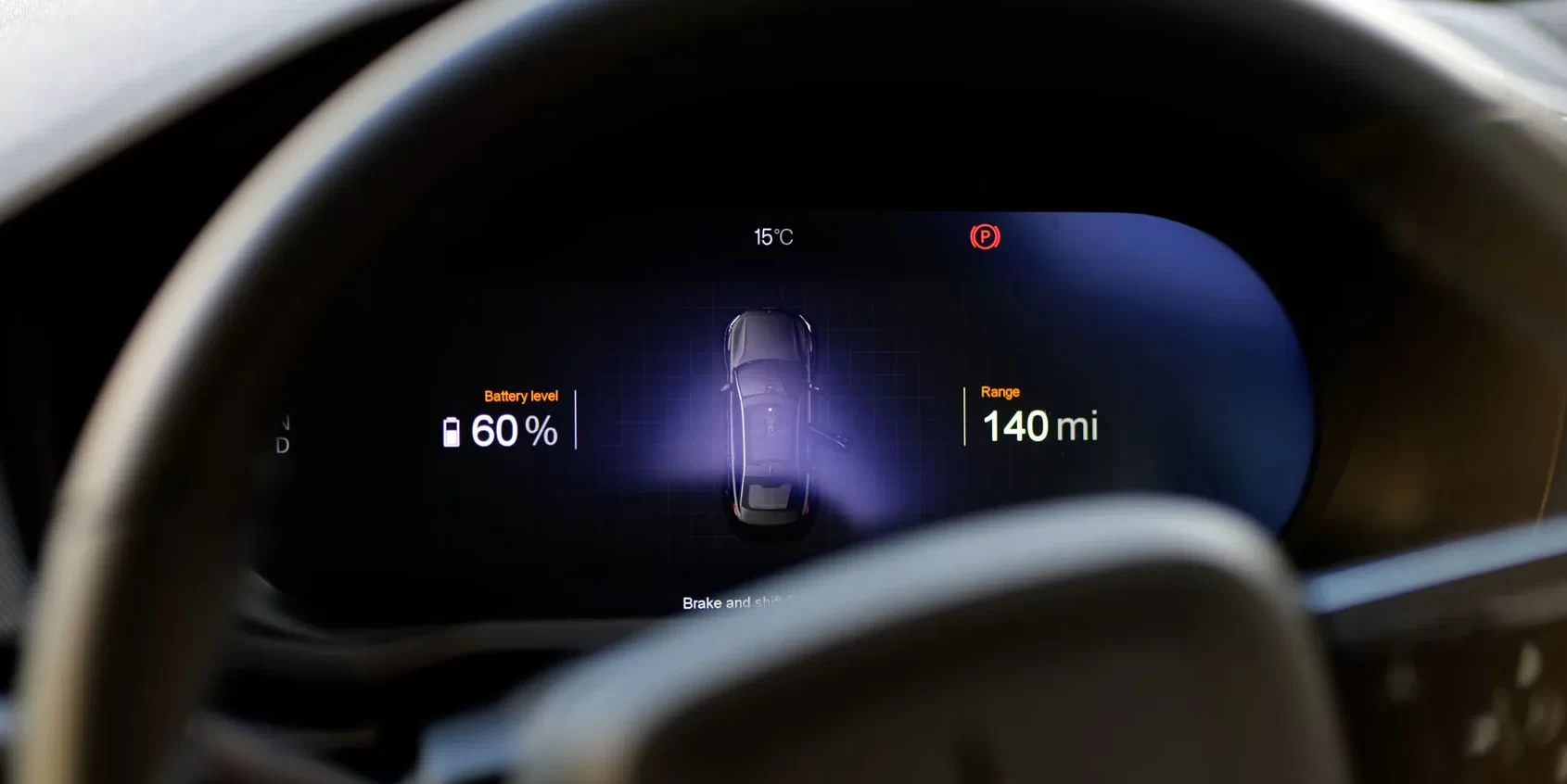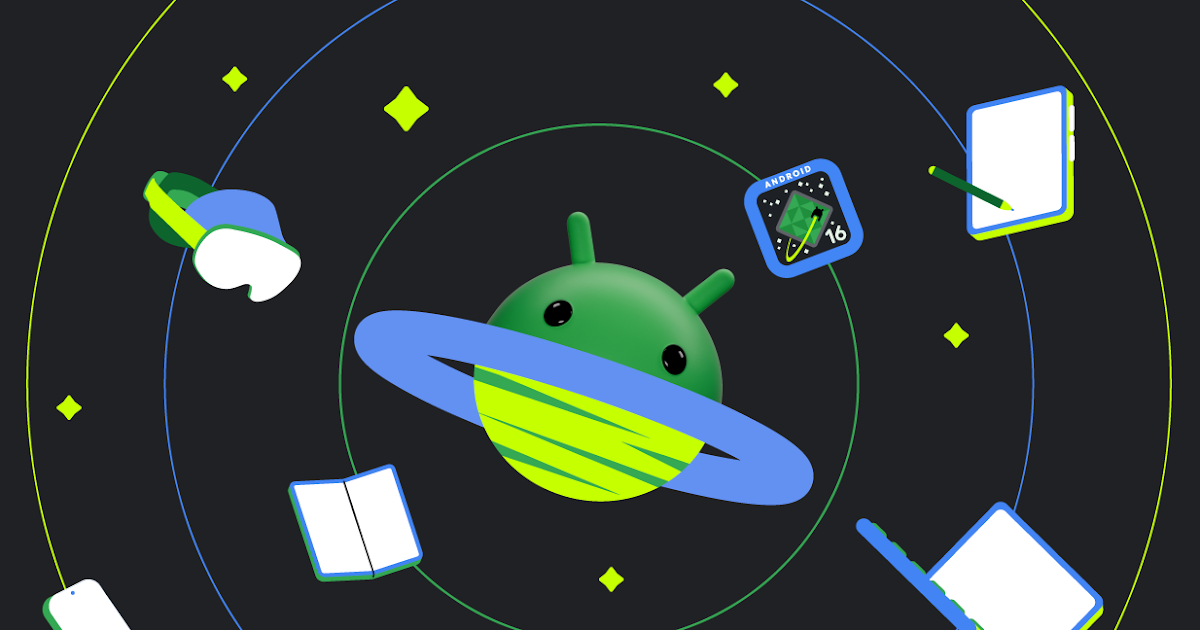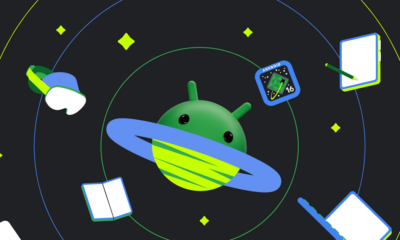Android
Android 15 brings new features to Android Automotive: dock, bluetooth upgrades, and cross-device notifications

Top 3 Key Points:
- Android 15 introduces a new home screen dock and enhanced Bluetooth capabilities for Android Automotive.
- Notifications may soon sync across multiple Android devices, according to code found in the latest beta.
- Improved audio controls and better support for multi-camera and radio systems are part of this update.
Android 15 for Android Automotive Adds New Features
With the release of Android 15, Google has also updated its Android Automotive platform, bringing several useful new features to vehicles. While Google hasn’t officially provided all the details, some key improvements have already been spotted.
New Features in Android Automotive
Android Automotive is different from Android Auto. Instead of connecting to your phone, it’s a version of Android that runs directly on a vehicle’s dashboard, powering the whole in-car experience. In Android 15, one of the biggest updates is the addition of a home screen dock, much like the one seen on Android Auto and tablets. This dock lets you “pin” your favorite apps for quick access, which will be helpful for drivers who want fast access to certain controls or apps.
Another feature coming to Android Automotive is an improved lock screen and a new “Ambient View” option that displays a screensaver when the system is idle.
Bluetooth and Audio Upgrades
Android 15 also brings enhancements for audio, including a new option to route sound to external Bluetooth devices like earbuds or headphones. This will give users more control over how they listen to media or calls in the car. Additionally, the update offers full support for HD and DAB radio, giving manufacturers more options to improve in-car audio quality.
Syncing Notifications Across Devices
In addition to improvements for cars, Android 15 may soon solve a common issue for people with multiple Android devices: unsynced notifications. A new “sync across devices” feature was spotted in the latest beta, suggesting that Google is working on a way to keep notifications synchronized between phones and tablets. If this feature rolls out, dismissing a notification on your phone would automatically clear it from your tablet, eliminating the need to manage duplicate notifications.
Although it’s unclear if this feature will be available on all Android devices or just Google Pixel phones, it’s promising to see Google working on features that help Android users manage their devices more smoothly.
What This Means for Android Users
This update continues Google’s long-term goal of creating a connected Android ecosystem. By improving how Android devices and services work together, Google is aiming to make life easier for users, no matter what type of device they use. Android 15’s improvements for Android Automotive, Bluetooth, and cross-device functionality are a step in that direction, and more features are expected to follow.
Android
Android 16 adds small but useful changes to status bar and terminal features

Google is working on Android 16, and while big changes are still under wraps, some small updates have already been noticed. These tweaks may not seem major, but they can improve how users interact with their devices.
One of the changes spotted in the Android 16 Developer Preview is the return of the status bar clock to the left side of the screen. This layout used to be common before Android 9, but later Android versions placed the clock on the right. Now, with the new preview, the clock moves back to the left, which could make room for more icons and make the status bar easier to read—especially on phones with notches or punch-hole cameras. However, this change might not be final, as Android is still being tested.
Another interesting update is in the Android terminal tool. A new feature allows users to resize disk partitions without needing a full system reboot. This could be very helpful for developers and advanced users who need to change storage settings quickly. Instead of restarting the device, the system now supports live resizing in many cases, which saves time and effort.
Overall, Android 16 is shaping up with some practical improvements that focus on convenience and better user experience, even in the smaller details.
Android
Android 16 beta adds battery health info, Pixel Fold gets better at detecting opens and closes

Google has released the Android 16 Beta 1 update for Pixel phones, and it brings some helpful new features. One of the key additions is battery health information, which is now available in the settings. Pixel users can now see the battery’s manufacturing date, charge cycles, and overall health score. This can help people understand how well their battery is holding up over time. While this feature is currently hidden under developer options, it might be fully added in a future update.
At the same time, Google is also working to improve the Pixel Fold. With Android 16 Beta 1, there’s a new system that better detects when the phone is opened or closed. This new method uses the hinge angle to more accurately understand the device’s position. Unlike older systems that could be affected by software bugs or slow response times, this new one seems to be more reliable and faster.
These changes are important for people who use foldable phones like the Pixel Fold, as better hinge detection can lead to smoother app transitions and fewer bugs. And for all Pixel users, having detailed battery info can help with managing phone performance and deciding when it’s time for a battery replacement.
Overall, Android 16 Beta 1 focuses on giving users more control and smoother experiences, especially for those with foldables.
Android
Android 16 could bring colorful always-on display to Pixel phones

Google is working on Android 16, and it looks like the update could bring more color to the always-on display (AOD) feature on Pixel phones. Right now, the AOD mostly shows white text on a black screen. But a new setting found in the Android 16 Developer Preview hints at the ability to add colors to this display.
The new feature is called “AOD Preview,” and it includes a switch labeled “Color AOD.” While this setting doesn’t work yet, it suggests that Google might be planning to show colorful content even when the screen is in low-power mode.
This change could make AOD look more lively, maybe by adding color to the clock, notifications, or wallpaper. So far, it’s not clear exactly what will change or how customizable it will be, but the feature seems to be in early testing.
Samsung already has more colorful AOD options on its Galaxy devices, so this update could help Pixel phones catch up. Google often introduces new features first on Pixel devices before making them available to other Android phones.
Android 16 is still being developed, and many features are not ready yet. But if Color AOD becomes part of the final release, Pixel users could get a more vibrant and useful always-on display in the near future.
-

 Apps1 year ago
Apps1 year agoGboard Proofread feature will support selected text
-

 News1 year ago
News1 year agoSamsung USA crafting One UI 6.1.1
-

 News1 year ago
News1 year agoBreaking: Samsung Galaxy S22 may get Galaxy AI features
-

 News1 year ago
News1 year agoSamsung Galaxy S23 Ultra with One UI 6.1 and all S24 AI features revealed
-

 News1 year ago
News1 year agoOne UI 6.1 Auracast (Bluetooth LE Audio) feature coming to many Samsung phones
-

 News1 year ago
News1 year agoSatellite SOS feature coming to Google Pixel phones, evidence leaked
-

 Apps11 months ago
Apps11 months agoGoogle’s fancy new Weather app is finally available for more Android phones
-

 News1 year ago
News1 year agoGoogle Pixel evolves as Europe’s third best selling flagship






